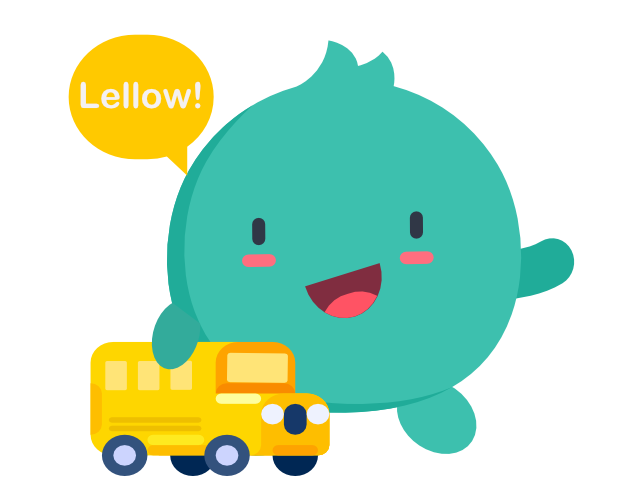
CASE STUDY 1: ARTICULATION DIFFICULTY
case study snapshot
-
3-year old boy with articulation difficulty, working alongside a speech therapist
-
Educators introduced TalkiPlay and the boy started to mimic the game’s object words
-
With TalkiPlay’s fun and simple language - provided with context - the child was able to safely practise his speech without feeling pressure to talk. Now he initiates communication with his peers!
the issue
-
Educators in the 3-year-old room have been working in conjunction with the Speech Pathologist and Max’s parents to support his communication development.
-
Educators describe Max’s speech as difficult to understand and that Max experiences frustration and often becomes upset when he can’t make his message understood.
-
Educators have been working to provide models of correct speech sound production and to scaffold Max’s play with his peers, but Max often doesn’t want to engage in his speech sound production practise.
the findings
-
Attention: The educator introduces the game to Max who immediately shows his interest and happily agrees to try the new game.
-
Participation: Max uses speech spontaneously, such as naming the objects after the app talks, for example ‘chair’, ‘table’. With the simplified language and the context of the game, adults and peers are able to understand his words.
-
Engagement: Several children from the 4 year-old room are interested in joining in with Max and they begin some active play. Max initiates communication with his peers, showing them what he has found and saying ‘here’. He also responds to his peers as they also find the stickers. They show their enjoyment and peer to peer connection by smiling, laughing and sharing eye contact.
overview
-
It was engaging and fun for the child, and the educators reflected that it allowed Max some language and speech practise without him noticing that he was practising or feeling any pressure to ‘talk’.
-
Educators also reflected that because the game was appealing to a wide variety of children, it allowed Max to interact with two older children that he would not normally have the language skills or confidence to join in with.
-
The simple language and context of the game supported his message and allowed him to use his communication successfully.
